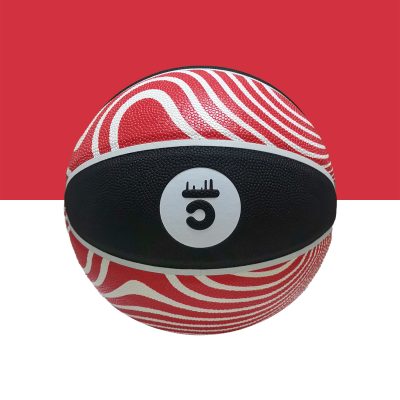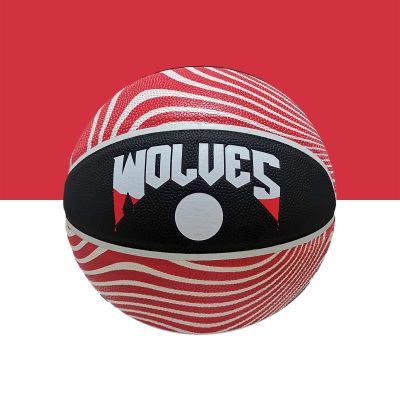The specific division of labor in the five positions in the basketball team?
1. Small forward
Small forward (Small Forward) is the team’s most important scorer. The so-called small forward, the most fundamental requirement is to be able to score, but also from a distance. As soon as the small forward receives the ball, the first thing that comes to mind is how to put the ball in the basket.
The basic job of a small forward is to score, score, and score. On offense, small forwards can balance power and shooting, and on defense, small forwards are usually responsible for steals and rebounds. Many small forwards can also serve as shooting guards, and a player who can play both positions is often referred to as a “swingman or wing.”
2. Power forward
A player position in a basketball game. The tasks of the Power Forward on the team are almost always based on hard work. He is indispensable to rebounding, defending, and positioning, but he is often the last one to shoot and score.
Therefore, the power forward can be regarded as the most inconspicuous role on the basketball court. A power forward, sometimes called a power forward, is a position in a basketball lineup and is also referred to as a second center in China.
Today’s power forwards in modern basketball are completely different from the hard labor roles of the past. Many power forwards have become more comprehensive, and more and more power forwards have become good at three-point shooting, organization and possession, and their status in the game has become more and more. High on.
3. Point guard
The point guard, also known as the point guard, is a fixed position in the basketball lineup.
The point guard is often the playmaker of the team’s offense and decides to pass the ball to the right player at the right time by controlling the ball. He has to take the ball safely from the backcourt to the frontcourt and pass it to other teammates so that others have a chance to score.
A good point guard has to be able to carry the ball across the half court with no problem when there is only one person guarding him. Then, he has to be a good passer, being able to get the ball where it’s supposed to go most of the time: sometimes a space to shoot, sometimes a better guide ball position.
4. Shooting guard
There are two things a shooting guard often has to do. The first is to be good with the ball in isolation, or as a very consistent catch-and-shooter. Therefore, whether it is an outside shot and a breakthrough layup, the stability must be good; the second is to find a gap in the gap to shoot outside, so he shoots faster.
A good shooting guard should be able to find opportunities to shoot in a very short period of time, and the shooting rate must have a certain level, so as to make the enemy’s defense have scruples, the defensive circle must be opened, and it is more conducive to teammates in the penalty area. offensive within.
The two essential qualities of a good shooting guard are as his name suggests, scoring and defense.
In the game, the conventional defense is counterpoint defense. The shooting guard tests his scoring ability on the offensive end, and his defensive skills on the defensive end. Sometimes the shooting guard also takes on the responsibility of defending the core of the opponent’s offense.
5. Center
Center, as the name suggests, is the central figure of a team. A position in a basketball game lineup; generally held by the tallest player on the team, traditionally emphasizing defense at the rim and protection of the defensive rebound.
Due to their height advantage, some centers with offensive talent often become the main offensive point for shooting near the restricted area.
Although there is no fixed “height standard” for centers, at the general level of the world basketball world, the height of men’s basketball centers is generally above 2.08 (6 feet 10 inches), and the height of women’s basketball centers is generally 1.90 (6 feet). 3 inches) or more. Statistically, centers usually contribute the most blocks, and often achieve higher field goal percentage and rebounding performance.
Because the height can reach 2 meters 13 (7 feet) or more, and the number of basketball players who still retain good athletic ability is limited, a small number of center players with both height and flexibility can often become an important factor affecting the outcome of the game. Taking the NBA as an example, a center with athleticism, spirit, skills and a good physique is often the key to a strong team.

























